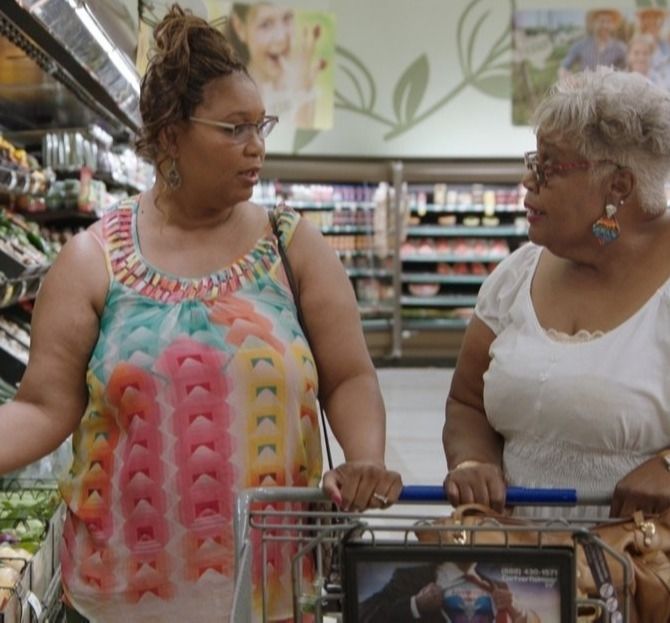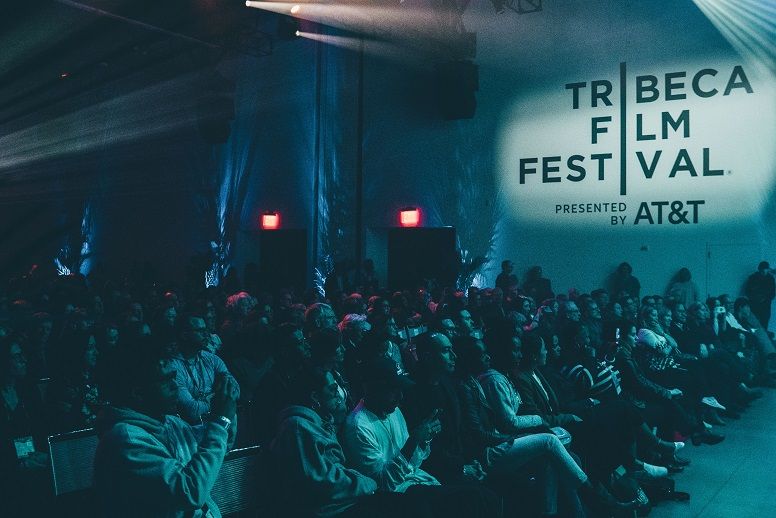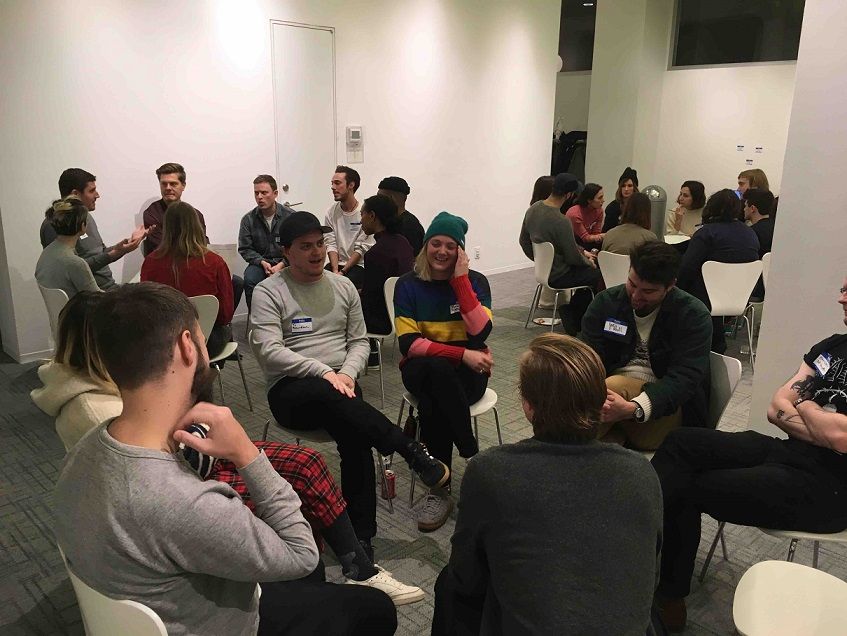One of the most common questions in crowdfunding is, "How much can I raise?"
Unfortunately, there's no standard or easy answer. We could tell you that we've had projects more than $200,000 and $2,000. We could also mention that the average raise on our platform is $12,000 and on other sites it's substantially less than $10,000. But at the end of the day it comes down to setting a responsible crowdfunding goal based upon what you need you need to make the project and the size of you and your team's network.
Notice how we said need, not want. There's a difference. It's important that you and your filmmaking team break down what it will take to move the project forward in a meaningful way. With crowdfunding, it's important to ask for the essentials. This lets your audience know you're making an informed budget and that the project will be completed. If you hit your goal early on, you can always set stretch goals to push past that and communicate how these additional funds will improve the overall project.
We always suggest that filmmakers line up the first 30% of their goal before launching their campaign.
This means have pre-committed, confirmed pledges that you know will come in those first few days of the campaign. Historically, over 80% of projects that get that first 30% in the first few days go on to hit the Green Light. Aside from generating the necessary momentum, the ability to secure this first 30% is a good indicator if your network size is large enough to reach your goal.
There's actually a little number crunching you can do to help get a clearer view of this. Since we've seen that 30% of a team's full network will contribute to a campaign, the most common contribution is $25. On average, it takes getting to 30% of your goal for strangers to feel comfortable contributing. What you want to do is take 30% of your email list, multiply that number by 25, and if the total is more than 30% of your goal, you likely can make the goal (of course with a really strong and effective marketing strategy to reach beyond your network and get the rest of the goal). If it's less than 30% though, then maybe you need to lower your goal.
If you're not able to get that first 30%, it's time to consider other strategies like raising in stages or seeing where you can cut costs down to match your reach.
This means lowering your goal and launching a smaller campaign to raise for pre-production/production and then having the option to come back for post-production and keep your same campaign URL and audience/email list. This allows you to exponentially grow your audience along the way rather than setting a goal that will be difficult to obtain with the confirmed numbers in your current network.
Free The Bid director Carly Usdin successfully raised $21,377 via Seed&Spark to fund production on her short film, "Misdirection."
One other thing to keep in mind is that there's a common misconception that the platform itself will help drive traffic and bring audiences to the campaign page, but the data doesn't show that.
In fact, we've seen that the traffic and pledges that come to campaigns are always the results of the outreach done by the filmmakers and their teams.
By following these guidelines and doing some math (we know), you'll be able to uncover how you can actually raise by setting a responsible crowdfunding goal. Watch this video chapter on goal-setting from our Crowdfunding to Build Independence Class for even more on this topic.
Looking for more tips on crowdfunding successfully? Check out our free online resources to help you raise the funds and build your audience . . . to build an independent career.
*This resource was republished from our friends at Seed&Spark*






